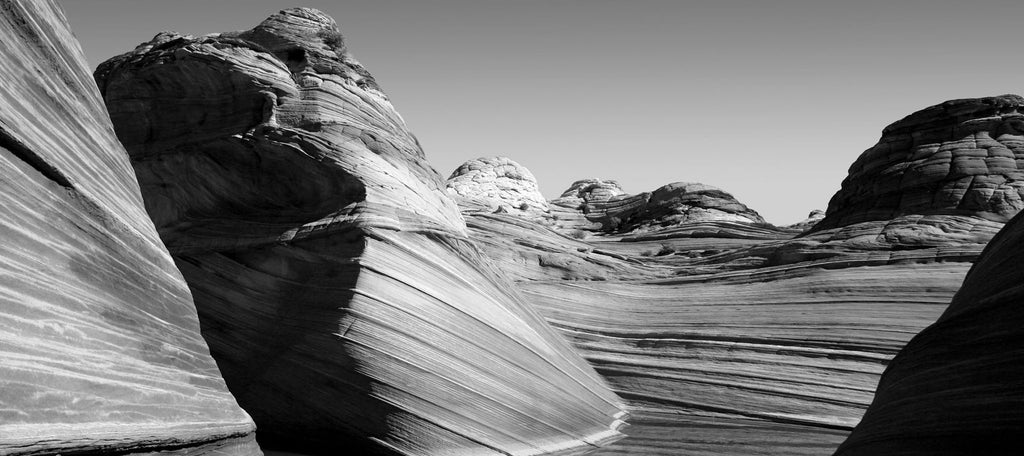
Blog








A visit with Japanese Landscape Architect Toru Tanaka at the Albuquerque Bio Park
Posted on February 01 2015
Read Full Article

Happy Birthday to us! | Stone Forest celebrates 25 years
Posted on December 30 2013
Read Full Article




From Workhorse to Water Feature | The history behind our Antique Millstone Fountains
Posted on October 26 2012
Read Full Article




Showing items 1-20 of 20.